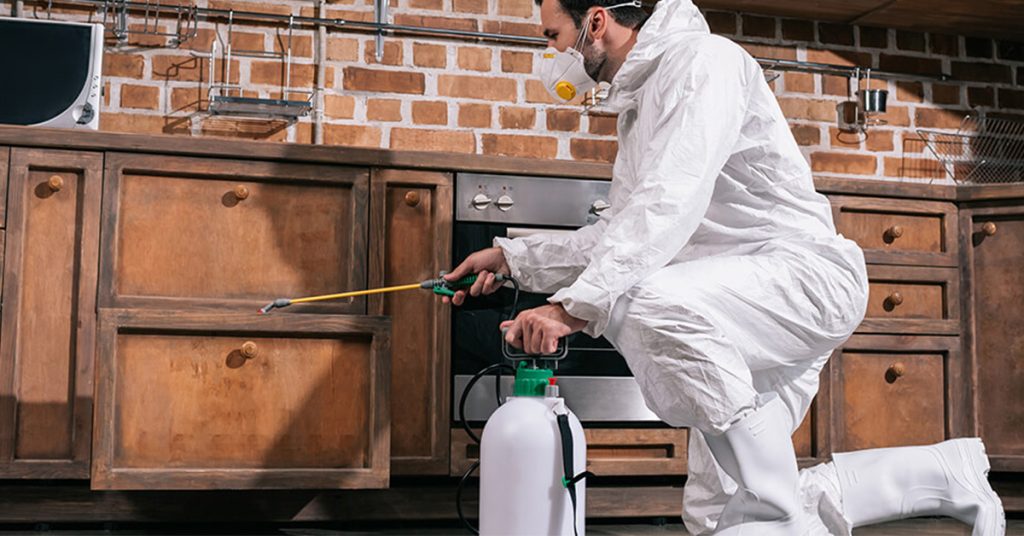Affordable Pest Management Plans Offered by Pest Control Lockhart
Affordable Pest Management Plans Offered by Pest Control Lockhart
Blog Article
Exploring Problem and Therapy Strategies in the World of Parasite Control
The landscape of pest control includes a myriad of obstacles, particularly as infestations of usual household pests remain to progress. Comprehending the habits and reproductive patterns of these nuisances is vital for creating effective treatment strategies. By incorporating safety nets with innovative monitoring strategies, such as Integrated Parasite Monitoring (IPM), home owners can much better guard their atmospheres. The efficiency of these techniques may differ considerably based on details conditions. What underlying factors contribute to the success or failing of these methods in different setups?

Typical Family Vermin
When it comes to handling our living rooms, understanding typical home parasites is vital. These parasites not only interrupt our comfort yet can also position health risks and damages home. The most common household parasites include ants, cockroaches, rodents, termites, and bed insects.
Ants, usually seen foraging in kitchens, can pollute food and establish large colonies. Rats, consisting of computer mice and rats, can trigger architectural damages and carry illness like hantavirus and salmonella.
Recognizing the signs of these parasites, such as droppings, nests, or bite marks, is necessary for early treatment (Pest Control Lockhart). Proper hygiene practices, sealing entrance factors, and keeping a clutter-free atmosphere are reliable preventative measures. By identifying these common home parasites and understanding their actions, property owners can take proactive steps to mitigate invasions, making certain a healthier living setting
Comprehending Pest Infestations
Bug problems can escalate swiftly, transforming a minor aggravation right into a substantial problem if not attended to immediately. Usual elements contributing to problems consist of inadequate cleanliness, architectural vulnerabilities, and seasonal adjustments that drive insects inside.
Identifying the sort of pest is crucial, as different varieties display diverse actions and reproductive prices. Rats might develop nests in surprise locations while bugs like cockroaches grow in wet settings. Early discovery frequently hinges on recognizing indicators such as droppings, nibble marks, or uncommon sounds, which can show a problem before it comes to be extreme.
Cozy, humid environments can facilitate the rapid development of pest populaces, while adjustments in landscape design or building and construction can inadvertently develop helpful environments. An educated approach to recognizing these characteristics lays the foundation for reliable insect administration approaches in the future.
Therapy Techniques and Methods
Reliable therapy techniques and techniques are necessary for mitigating insect invasions and bring back a risk-free setting. A diverse technique is often best, including chemical, biological, and mechanical approaches customized to the certain bug and the severity of the invasion.
Chemical therapies include making use of insecticides and herbicides, which can successfully eliminate parasites. Appropriate application and adherence to safety and security guidelines are critical to lessen threats to human beings and non-target microorganisms. Integrated Insect Management (IPM) motivates the sensible usage of chemicals as a last option, relying instead on tracking and threshold levels to identify treatment requirements.
Organic control methods involve introducing all-natural killers or bloodsuckers to reduce insect populations. This strategy is increasingly popular, especially in farming settings, as it promotes ecological sustainability.
Mechanical approaches, such as catches and obstacles, supply prompt remedy for parasites without presenting chemicals. Choices consist of sticky traps for insects blog here or physical obstacles for rodents.
Ultimately, the option of therapy method must consider the certain bug, the atmosphere, and possible influence on human health and wellness and ecological communities. A balanced mix of these strategies can effectively take care of problems while advertising long-lasting insect control services.
Safety Nets for Homes
Proactively resolving insect problems before they rise is crucial for preserving a healthy and balanced home atmosphere (Pest Control Lockhart). Executing reliable preventive actions can considerably decrease the probability of infestations, Web Site ultimately securing both your residential property and wellness

Appropriate landscape design also plays a critical duty in prevention. Maintaining hedges and trees cut away from your home minimizes the chances of parasites finding their means inside. In addition, ensure that water drainage systems are functioning successfully to avoid standing water, which can reel in insects and various other bugs.
Last but not least, routine evaluations are suggested. On a regular basis examining for indications of parasite activity permits early treatment. By taking on these precautionary actions, homeowners can produce an environment that is much less hospitable to parasites, thus enhancing their total quality of life and reducing the need for considerable parasite control treatments.
Industrial Bug Control Approaches
A comprehensive technique to business insect control is important for companies intending to maintain a risk-free and sanitary environment. Effective strategies include a mix of regular examinations, employee training, and the implementation of Integrated Parasite Monitoring (IPM) methods.
Routine evaluations allow very early detection of insect activity, permitting for timely treatment. Organizations must establish a regular schedule for these evaluations, focusing on risky areas such as kitchens, storage space spaces, and waste disposal sites. Staff member training is equally crucial; team must be informed on the signs of bug infestations and the significance of reporting them right away.
Applying IPM techniques assists alleviate parasite issues sustainably. This includes environment modification, such as sealing access points and reducing clutter, along with utilizing all-natural deterrents before turning to chemical therapies.

Furthermore, working together with a qualified insect control service provider makes certain access to professional knowledge and advanced treatment options. This collaboration can result in customized parasite control plans tailored to the certain needs of review business, lessening risks and boosting total efficacy. Inevitably, a positive and enlightened method fosters a pest-free environment, safeguarding both public health and wellness and business credibility.
Final Thought
In final thought, effective pest control requires an extensive understanding of typical home parasites and their actions, combined with targeted therapy techniques. Executing preventative actions together with treatment approaches such as Integrated Pest Management and organic control boosts the capability to alleviate infestations.
Report this page